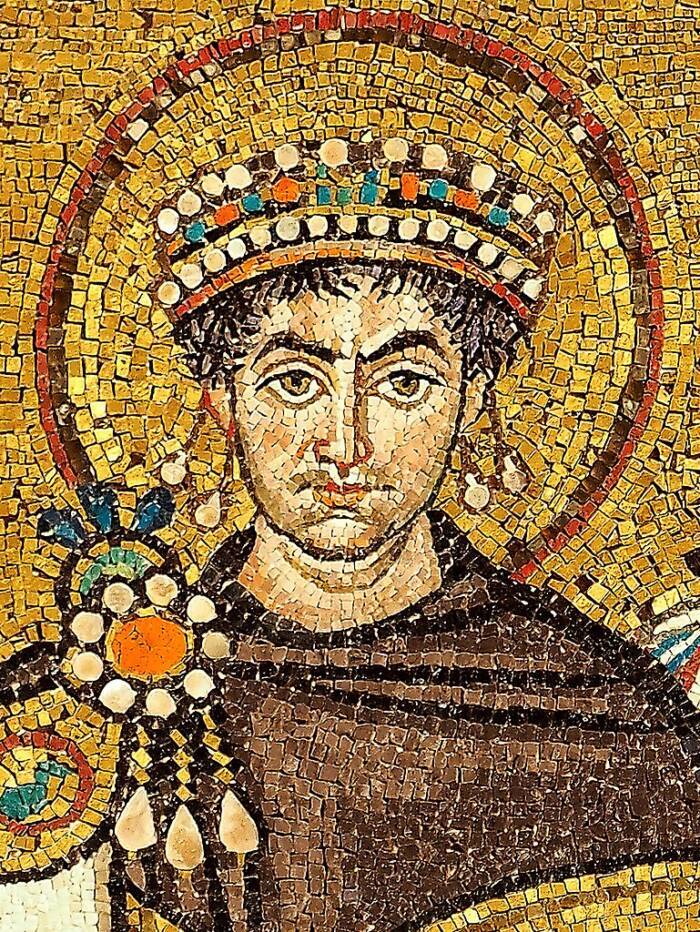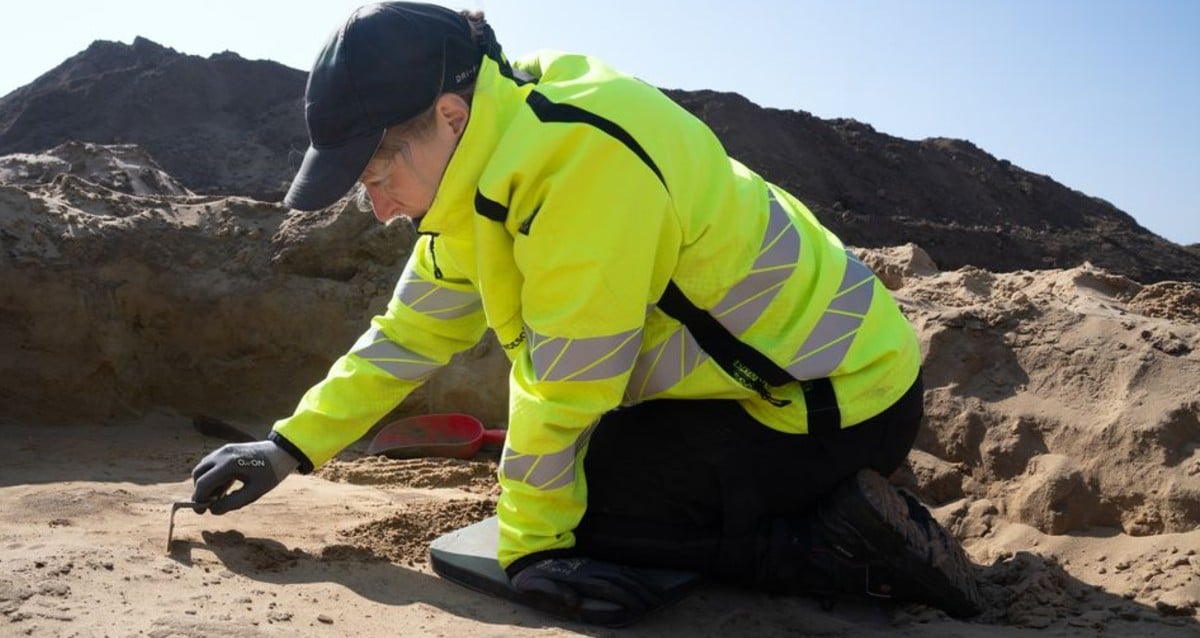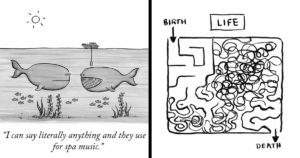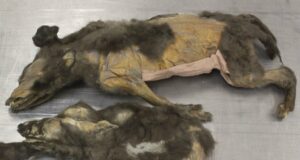Unveiled in Israel: The Clandestine 2,900-Year-Old Workshop Behind the Legendary Tyrian Purple Dye
“It is considered of the best quality when it has exactly the colour of clotted blood, and is of a blackish hue to the sight,” Roman writer Pliny the Elder once wrote of Tyrian purple, “but of a shining appearance when held up to the light; hence it is that we find Homer speaking of ‘purple blood.’”
This dye was highly coveted by those who could afford it — in the fourth century C.E. one pound of Tyrian purple was worth three times as much as gold — and it swiftly became the color of ancient elites. And the elites guarded their color with passion. Indeed, the Roman emperor Caligula grew so enraged when the king of Mauretania wore purple to meet with him that Caligula had the king killed.
But as time passed, the passion for Tyrian purple faded. At Tel Shiqmona, the invading Babylonians didn’t bother to restore the site after military campaigns left it in ruins around 600 B.C.E. The factory’s production ceased, and, eventually, even the exact method of creating the dye became lost to the ages.

Petar Milošević/Wikimedia CommonsA sixth-century mosaic of Emperor Justinian I, wearing Tyrian purple.
As such, the purple dye factory discovered in Israel belongs to a long and ancient tradition. In antiquity, there were few things as coveted as Tyrian purple. And for hundreds of years, workers in Tel Shiqmona toiled to make it, collecting snails, crushing their shells, and fermenting their glands until they had produced a dye the color of “clotted blood,” a rich hue that we can still see on ancient artifacts nearly three millennia later.













